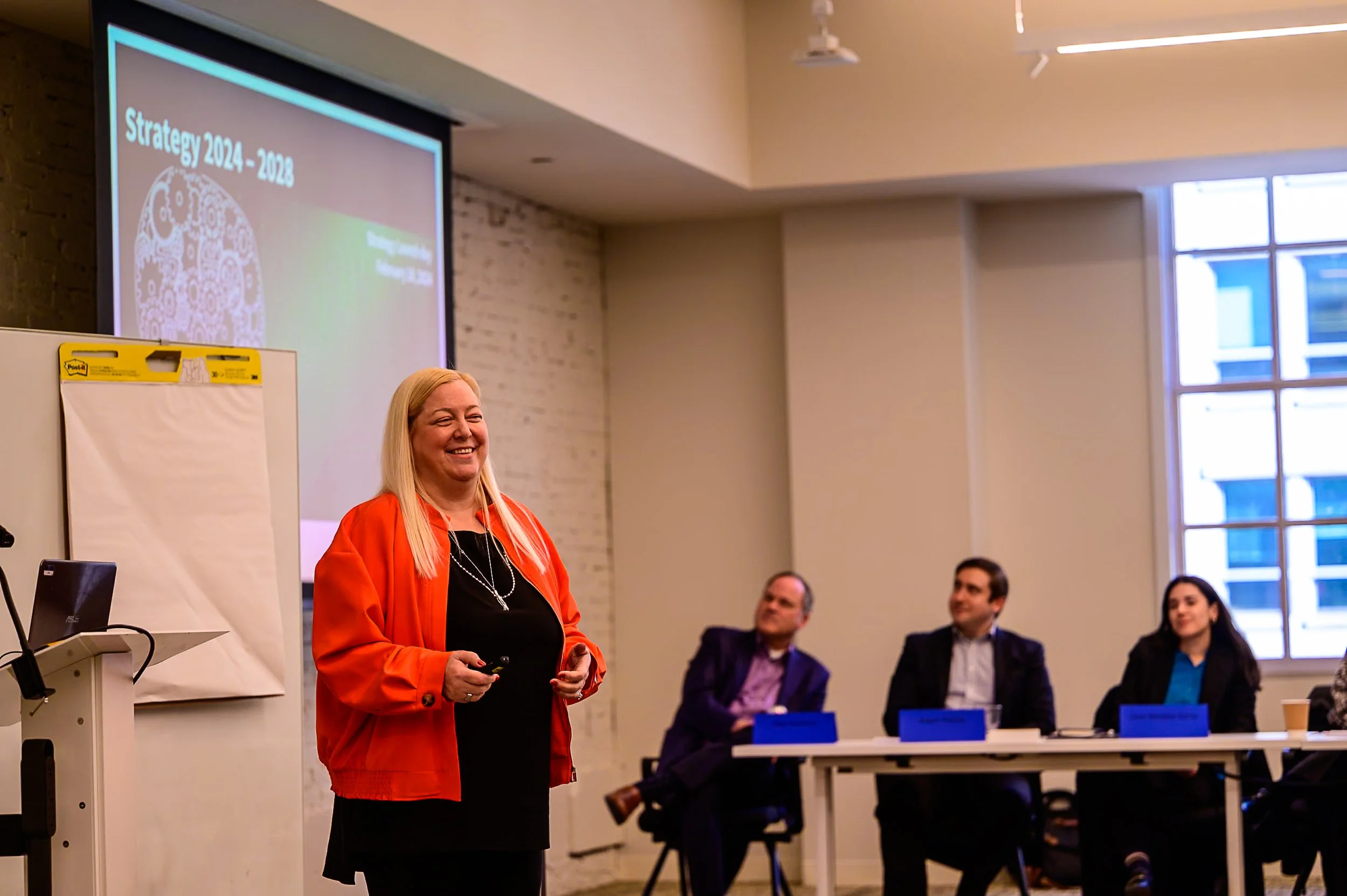
Government Leaders: View Your Junior Workforce as Future Leaders and Coaches
Great team performance depends on exceptional leadership. Leaders use their knowledge and vision to gain their teams’ trust.
As a college field hockey coach, I see the value in seeking new practices to elevate a team’s performance. I constantly look for new approaches and best practices to improve my team’s performance. I also ask my players to share their thoughts and ideas, including them as coaches, in a way, as well.
Promoting a growth mindset among future leaders gives them the opportunity to have innovative conversations on new ideas and alternative solutions to problems. For example, a coach may use an open dialogue on what defensive drills will help a team against an opponent while practicing allows team members to provide input and feel included.
Leaders in the Federal workforce can similarly learn from the next generation who provide a fresh perspective and innovative ideas, and often ones that can help agencies better use technology. Federal leaders should encourage participation and welcome ideas from all employees at all levels – from new joiners and those early in their career and senior executives. Increasing employee participation and opportunities to make an impact, like taking on a coaching role, can improve motivation and productivity. Welcome discussions with new joiners asking them to share ideas can make sharing information easier and less stressful
throughout their journey with the organization. Discussions and listening sessions with those new to Government services or newer to the workforce in general can help build relationships and lead to engagement with leaders in the future.
To learn from their employees, Federal leaders should develop a framework that allows them to understand the important work their employees do and intentionally engage them at key points in their career – starting at the beginning. The framework should include channels and opportunities that highlight workplace culture and explain how to engage employees in the workplace. Building and implementing this framework takes time, but it is worth it.
Whether you are coaching a soccer team or leading a Federal program or office, enhancing participation and engagement from the upcoming generations of Federal employees spurs innovation and develops leadership, which is crucial to achieving the mission.





















